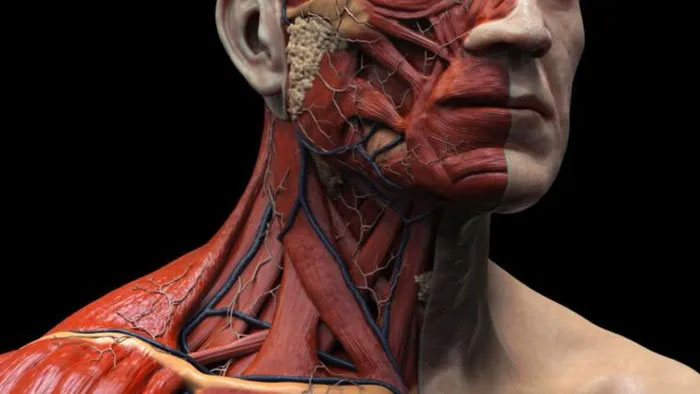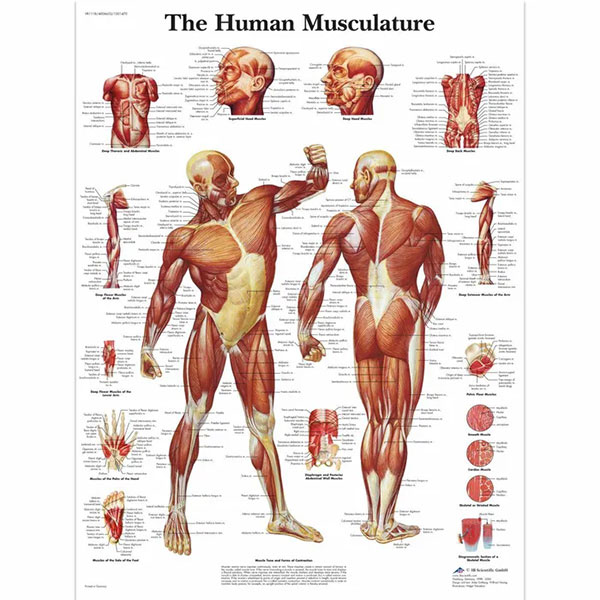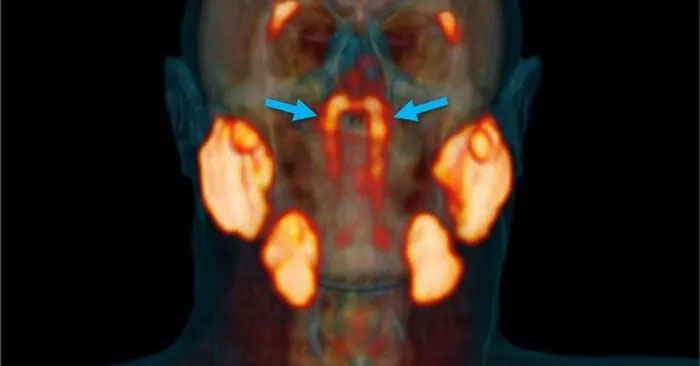A new anatomical structure has just been discovered in the human body, and it is quite “distinct in terms of anatomy”.
A team of researchers led by Senior Lecturer Dr. Szilvia Mezey at the Department of Biomedical Sciences – University of Basel (Switzerland) and Professor Jens Christoph Türp from the University of Basel Dental Medicine Center (UZB) has discovered a new structure in the human body. This is a third layer of muscle located deep within the masseter muscle, a very important muscle for chewing.

A newly discovered body part in anatomy. (Illustrative image: iStock)
Modern Anatomy textbooks to date have only described two layers of the masseter muscle. Accordingly, the muscle consists of a deep layer and a superficial layer.
The aforementioned study states: “Some historical texts have also mentioned the possible existence of a third muscle layer, but those texts are extremely contradictory regarding the location of this muscle layer.” Meanwhile, the study titled “The Muscles of Humans Revisited: The First Description of the Coronoid Part”, published in the Annals of Anatomy journal, detailed the third layer of the masseter muscle.
The researchers dissected 12 human cadavers preserved in formaldehyde and performed CT scans on 16 bodies, while also examining MRI scans of a living subject. They concluded that the third layer of the masseter muscle is “anatomically distinct.”

Illustration of the muscular systems in humans.
Dr. Mezey, the lead author of the study, stated in a declaration: “This deep part of the masseter muscle can be clearly distinguished from the other two layers in terms of its structure and function.”
Co-author Türp added: “Although it is often assumed that anatomical research in the past 100 years has not made any significant milestones, our discovery is akin to zoologists discovering a new vertebrate species.”
The third layer of the masseter muscle can be clearly distinguished from the two upper layers in terms of its structure and function. In the report, the research team wrote that based on the arrangement of muscle fibers, this muscle layer is capable of stabilizing the lower jaw by “elevating and retracting” the coronoid process. In fact, the newly discovered muscle layer is the only part of the masseter that can pull the jawbone backward, according to Dr. Mezey.
The researchers proposed naming this muscle layer “Musculus masseter pars coronidea” or “the coronoid part of the masseter” because the newly discovered muscle layer connects to a small triangular part of the lower jaw known as the coronoid process.
You may find it a bit strange to witness the discovery of a new organ or muscle that has never been known, especially after many years of being taught anatomy lessons, but such cases are not rare. Most recently, in 2020, another group of researchers discovered an additional set of salivary glands located right inside our heads.
In October 2020, researchers found that humans possess a previously undiscovered set of accessory salivary glands right inside our heads.

Image from the discovery of new salivary glands in 2020.
This discovery at the time led many to wonder if there are still mysterious organs in the body that we have yet to uncover, as scientists only discovered what the clitoris looked like in the 2000s.
In the 2020 discovery, the “undetermined entity” was found accidentally. A group of scientists was studying prostate cancer patients. They used an advanced imaging method called PSMA PET/CT. And this time, the images revealed something different.
Researcher Wouter Vogel at the Netherlands Cancer Institute explained: “As far as we know, the only salivary or mucous glands in the throat are tiny and there are up to 1,000 glands distributed throughout the mucosa. So, imagine our surprise when we found this gland.”
To date, we have known about three major salivary glands: the parotid gland, the submandibular gland, and the sublingual gland. They play a role in the digestion of food. Additionally, humans have about 1,000 extremely small salivary glands scattered throughout the oral cavity and digestive tract. However, they are too small to be seen with the naked eye. Meanwhile, the salivary gland system discovered by Dr. Vogel’s team is much larger, located behind the nose, above the palate, and near the center of our heads.
The research team suggested that this area should be avoided during radiation treatment, as salivary glands are known to be particularly vulnerable to radiation.


















































